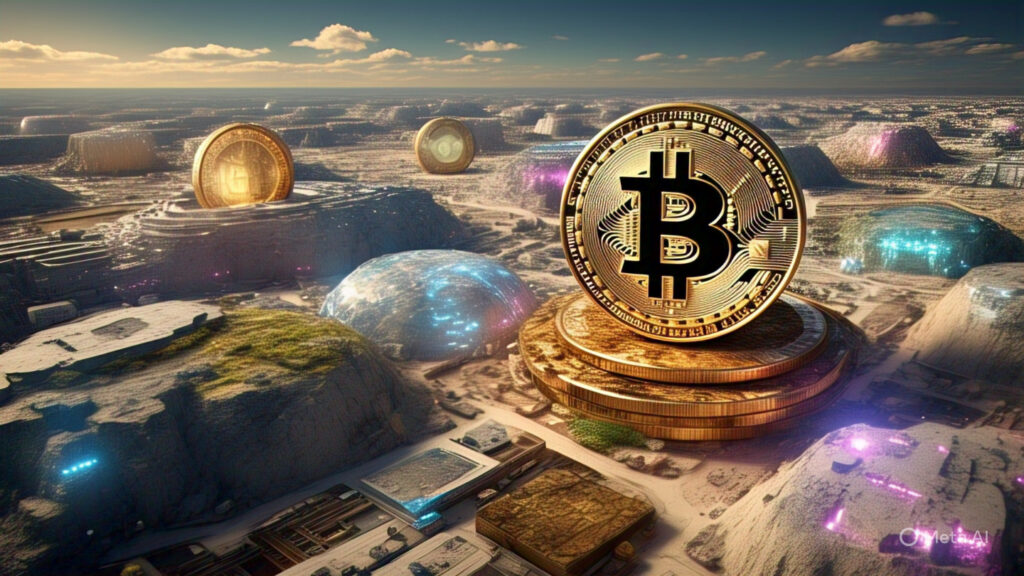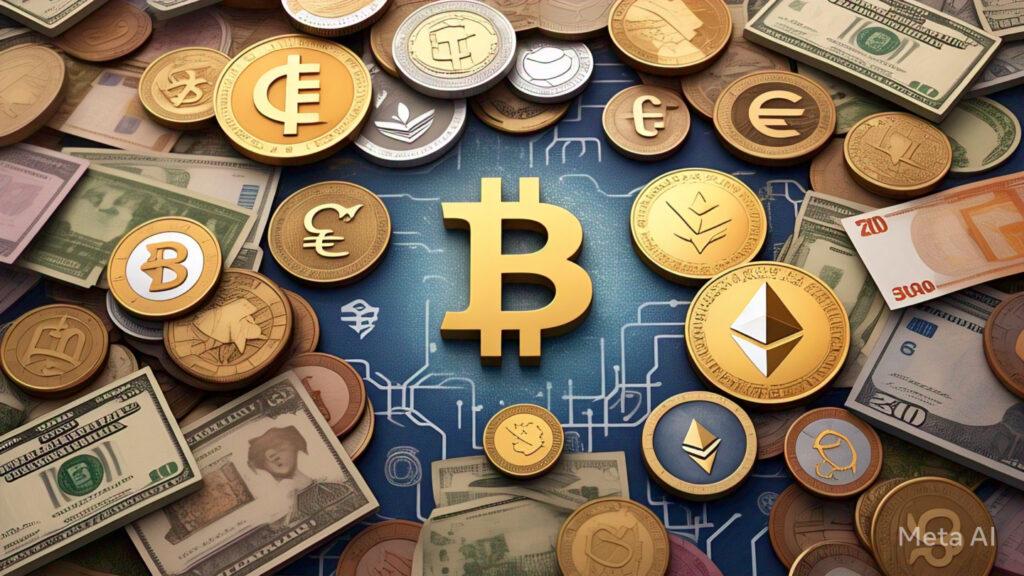Introduction: Venturing Beyond the Original
Bitcoin. For many, it’s the first and only cryptocurrency they’ve heard of. It’s the digital gold, the pioneer that started it all. But the world of cryptocurrency is far more diverse and dynamic than just Bitcoin. Since its inception in 2009, the crypto landscape has exploded, giving rise to thousands of other digital currencies collectively known as altcoins – short for “alternative coins.”
Think of Bitcoin as the original internet browser. It was revolutionary, but soon, other browsers with different features, functionalities, and focuses emerged. Similarly, altcoins represent a vast ecosystem of cryptocurrencies built upon or inspired by Bitcoin’s foundation, each with its own unique purpose, technology, and vision for the future of digital finance and beyond.
This article will take you on a journey beyond Bitcoin, exploring the fascinating world of altcoins. We’ll delve into why they exist, the different categories they fall into, some notable examples, and the potential they hold, as well as the important considerations to keep in mind when venturing into this exciting but often complex space.
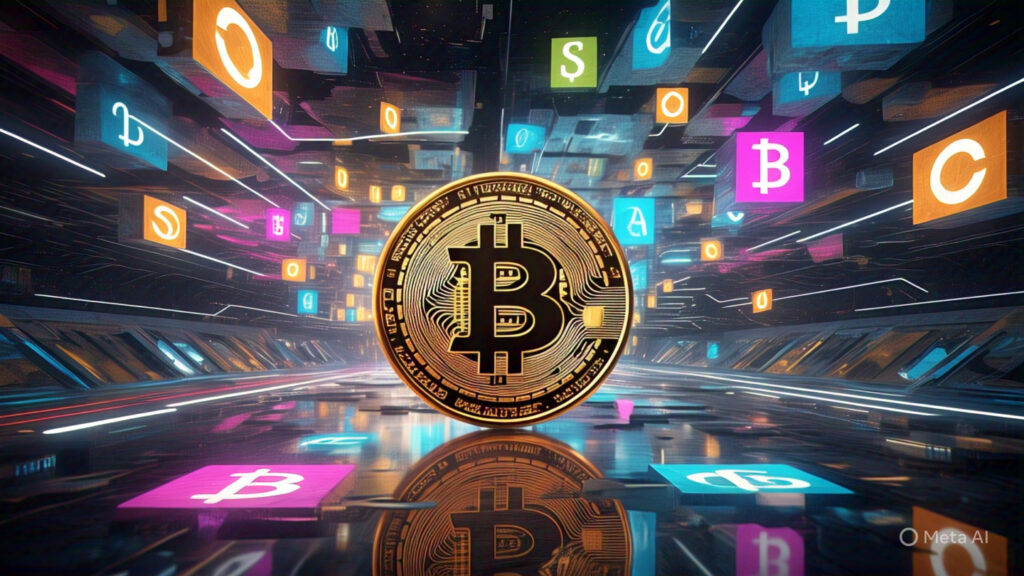
The Genesis of Altcoins: Addressing Limitations and Exploring New Possibilities
The emergence of altcoins wasn’t simply about creating “another Bitcoin.” Many were developed to address perceived limitations of Bitcoin or to explore entirely new applications of blockchain technology. These motivations include:
- Technological Improvements: Some altcoins aimed to improve upon Bitcoin’s technology, offering faster transaction speeds, lower fees, or different consensus mechanisms (the way transactions are verified).
- New Use Cases: Many altcoins were designed for specific purposes beyond being just a digital currency, such as powering decentralized applications, facilitating specific types of transactions, or representing digital assets.
- Different Philosophies: Some altcoins were created with different underlying philosophies regarding governance, privacy, or the distribution of wealth.
- Community-Driven Innovation: The open-source nature of many blockchain projects allows developers to experiment and create new cryptocurrencies based on community needs and ideas.
Essentially, altcoins represent a vibrant laboratory of innovation within the cryptocurrency space, pushing the boundaries of what’s possible with decentralized technology.
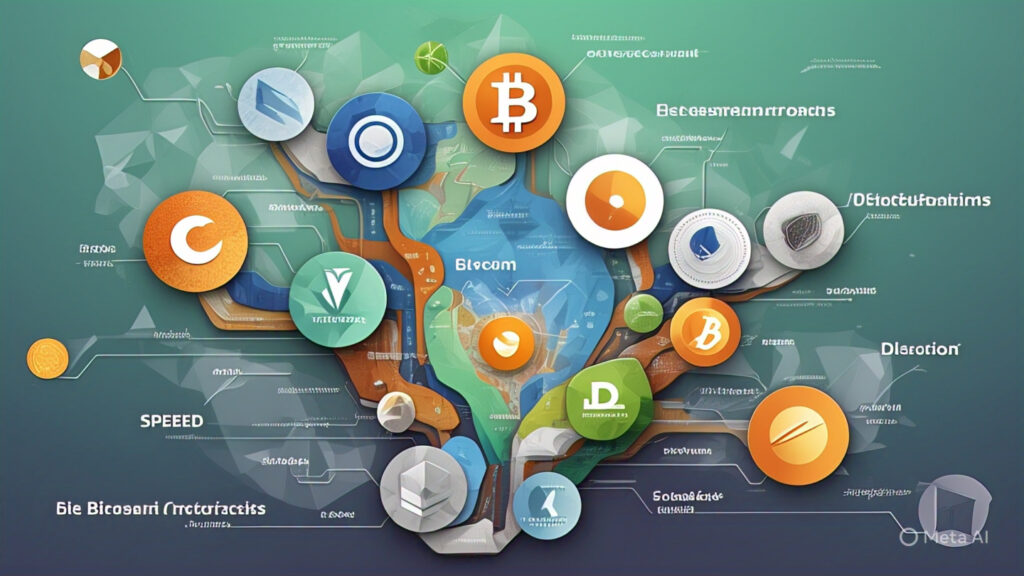
Diving Deeper: Different Categories of Altcoins
The world of altcoins is incredibly diverse, and they can be broadly categorized based on their primary function or underlying technology. Understanding these categories can help navigate this complex landscape:
Payment-Focused Cryptocurrencies
These are the closest relatives to Bitcoin, aiming to be digital currencies for everyday transactions. They often focus on improvements like faster transaction times and lower fees.
- Examples: Litecoin (LTC), Bitcoin Cash (BCH)
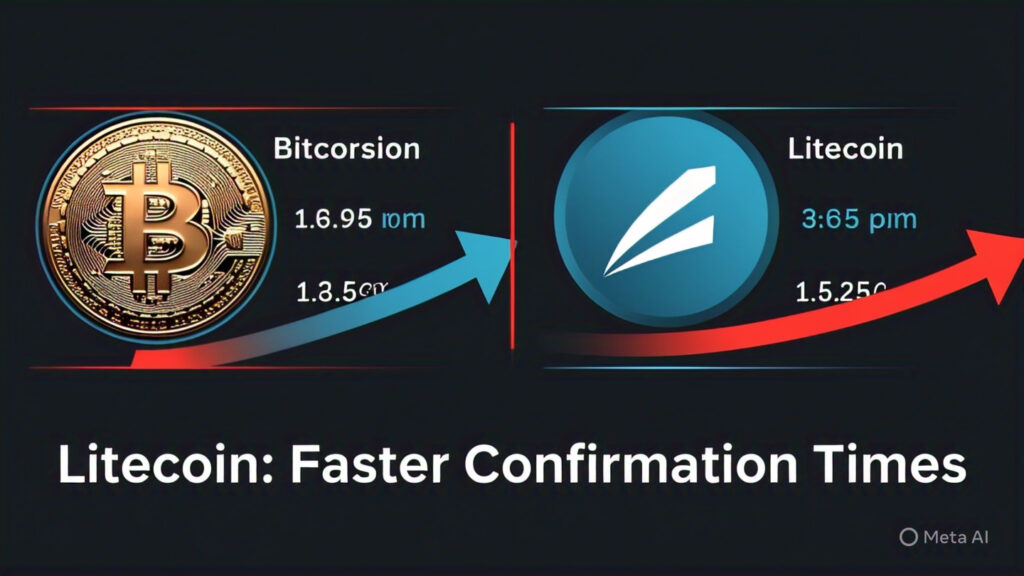
Utility Tokens
These tokens provide access to a specific product or service within a particular blockchain-based ecosystem. Owning the token grants users certain functionalities or benefits.
- Examples: Chainlink (LINK) (provides data to smart contracts), Filecoin (FIL) (decentralized storage), Basic Attention Token (BAT) (digital advertising).
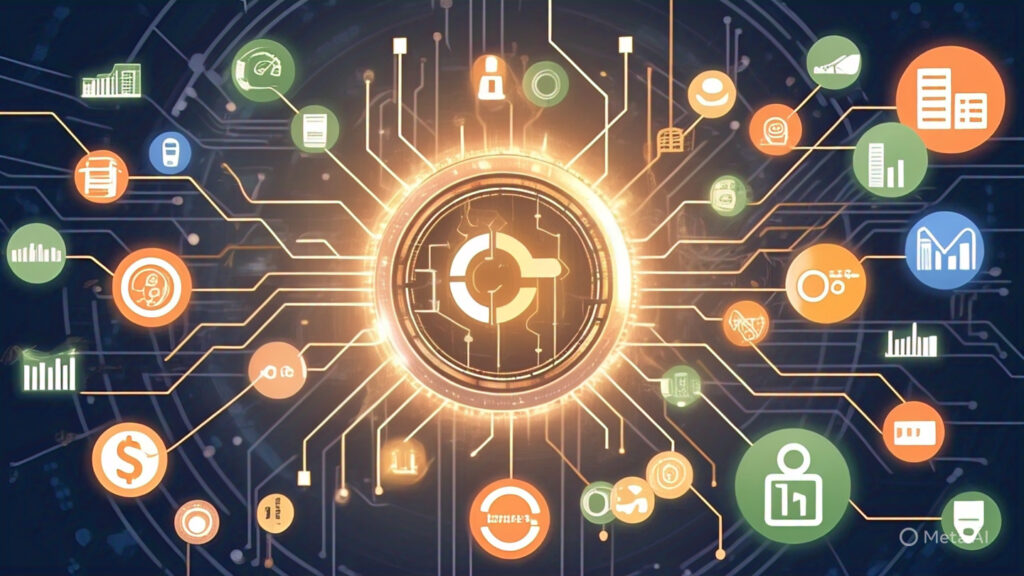
Security Tokens
These tokens represent ownership in a real-world asset, such as stocks, bonds, or real estate, and are subject to securities regulations.
- Examples: While still a developing area, projects aiming to tokenize real-world assets fall into this category.

Governance Tokens
These tokens give holders the right to vote on proposals and influence the future development and direction of a blockchain project.
- Examples: Maker (MKR), Compound (COMP).

Stablecoins
As mentioned earlier, these are cryptocurrencies designed to maintain a stable value, typically pegged to a fiat currency like the US dollar or another stable asset.
- Examples: Tether (USDT), USD Coin (USDC), Dai (DAI).
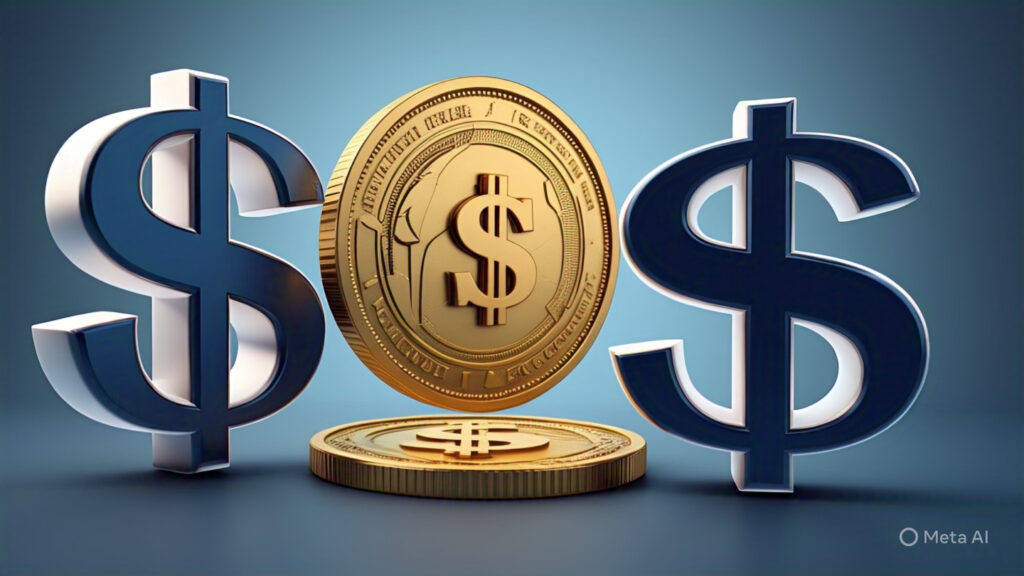
Meme Coins
These cryptocurrencies often originate as internet jokes or based on viral trends. Their value is typically driven by community sentiment and social media hype, making them highly volatile and speculative.
- Examples: Dogecoin (DOGE), Shiba Inu (SHIB).
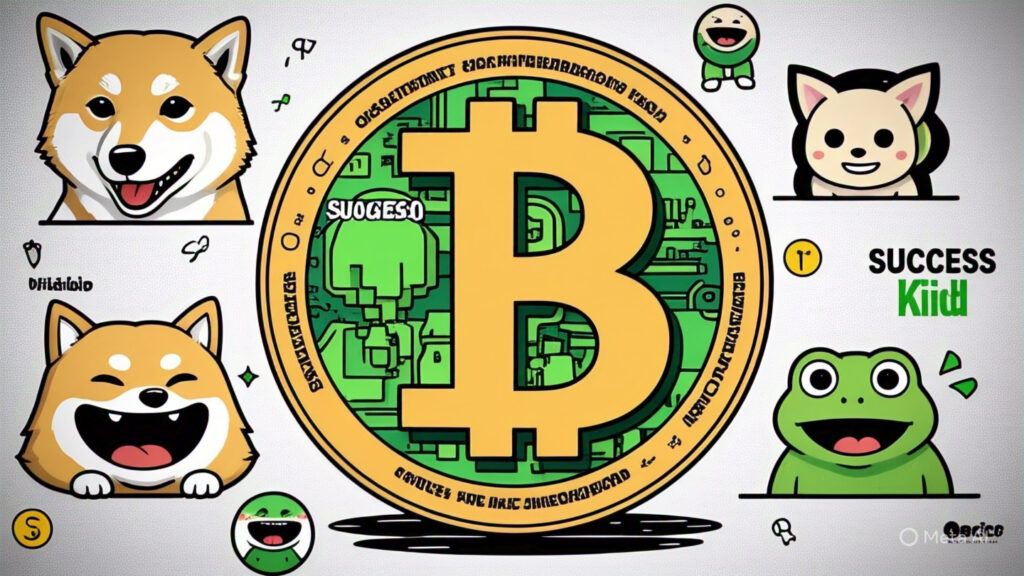
Decentralized Finance (DeFi) Tokens
This is a broad category encompassing tokens associated with decentralized financial applications and protocols built on blockchain technology. These tokens can have various utilities within the DeFi ecosystem, such as governance, staking, or collateral.
- Examples: Uniswap (UNI), Aave (AAVE), Yearn.finance (YFI).
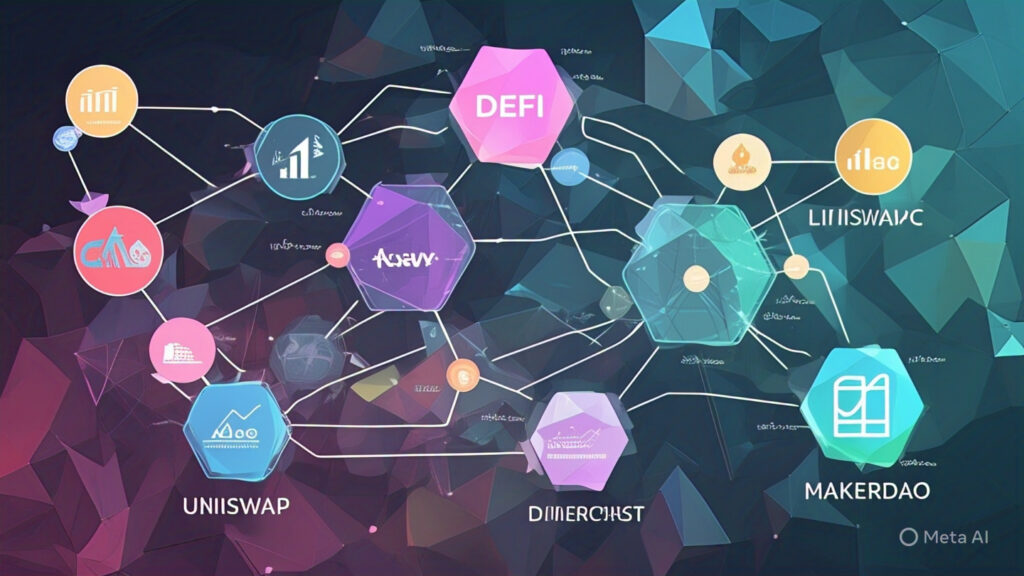
Notable Altcoins and Their Unique Propositions
To further illustrate the diversity of the altcoin space, let’s take a closer look at a few prominent examples:
Ethereum (ETH): The World’s Programmable Blockchain
Often considered the second-largest cryptocurrency by market capitalization, Ethereum is more than just a digital currency. It’s a platform that enables the creation and execution of smart contracts – self-executing contracts with the terms of the agreement directly written into code. This functionality has paved the way for a vast ecosystem of decentralized applications (dApps), including DeFi platforms, NFTs, and more. Ether (ETH) is the native cryptocurrency of the Ethereum network, used to pay for transaction fees (gas) and power the network.

Cardano (ADA): A Research-Driven and Scalable Platform
Cardano is a blockchain platform built with a strong emphasis on peer-reviewed academic research and rigorous engineering principles. It aims to be a more sustainable, scalable, and interoperable blockchain for decentralized applications and digital assets. Its native cryptocurrency is ADA.

Solana (SOL): High-Speed Transactions and Low Fees
Solana is a high-performance blockchain designed for scalability, aiming to provide fast transaction speeds and low fees. Its innovative architecture allows it to process a significantly higher volume of transactions compared to many older blockchains, making it a popular platform for DeFi and other applications requiring high throughput. SOL is the native cryptocurrency of the Solana network.

Polkadot (DOT): The Internet of Blockchains
Polkadot is a multi-chain protocol that aims to connect different blockchains, enabling them to interoperate and share information and value. Its architecture allows for the creation of specialized blockchains called “parachains” that can connect to the main Polkadot relay chain. DOT is the native cryptocurrency used for governance, staking, and bonding within the Polkadot network.

Navigating the Altcoin Landscape: Considerations and Risks
While the world of altcoins offers exciting opportunities, it’s crucial to approach it with caution and a thorough understanding of the risks involved:
- Increased Volatility: Many altcoins are even more volatile than Bitcoin, experiencing significant price swings in short periods.
- Higher Risk of Scams: The sheer number of altcoins and the hype surrounding them can attract scammers and fraudulent projects. It’s essential to conduct thorough due diligence.
- Lower Liquidity: Some altcoins have lower trading volume compared to Bitcoin, making it potentially harder to buy or sell large amounts without significantly impacting the price.
- Technological Complexity: Understanding the underlying technology and tokenomics of different altcoins can be challenging and requires significant research.
- Regulatory Uncertainty: The regulatory landscape for altcoins is even less clear than for Bitcoin in many jurisdictions.
- Risk of Project Failure: Many altcoin projects may fail to achieve their goals, leading to a significant loss of investment.

The Future of Altcoins: Innovation and Evolution
Despite the risks, altcoins continue to drive innovation within the cryptocurrency space. They are exploring new consensus mechanisms, scalability solutions, privacy features, and real-world applications of blockchain technology. The future of finance, decentralized applications, and even the internet itself could be significantly shaped by the ongoing development and adoption of various altcoins.
As the crypto market matures, we may see greater specialization and consolidation within the altcoin space, with certain projects emerging as leaders in their respective niches. Understanding the different types of altcoins and their unique value propositions is crucial for anyone interested in the long-term potential of blockchain technology.

Conclusion: A World of Possibilities Beyond Bitcoin
The world of altcoins is a vast and ever-evolving frontier beyond the original cryptocurrency, Bitcoin. Driven by the desire to improve upon existing technologies and explore new applications, altcoins offer a diverse range of functionalities, from faster payments and decentralized applications to governance and digital ownership.
However, this exciting landscape also comes with significant risks. Thorough research, a cautious approach, and a clear understanding of the potential downsides are essential for anyone venturing beyond Bitcoin. By exploring and understanding the unique propositions of different altcoins, you can gain a deeper appreciation for the transformative potential of blockchain technology and its diverse applications in the years to come.
